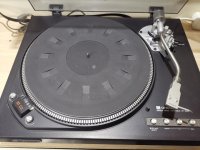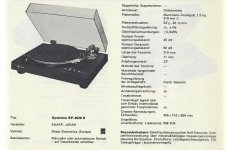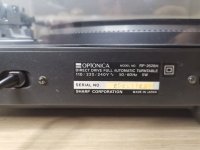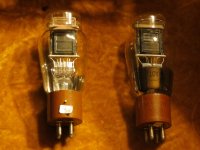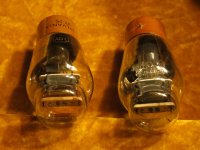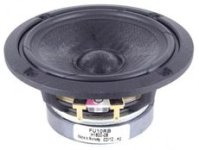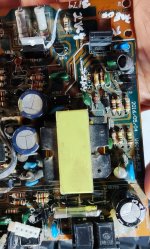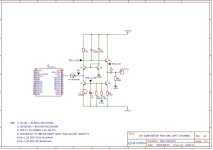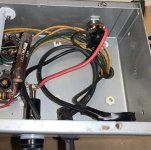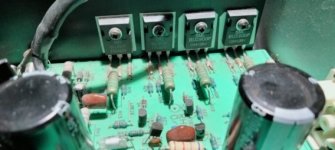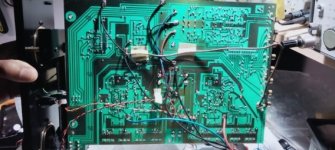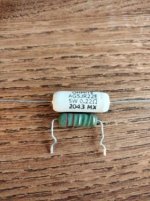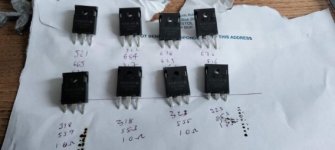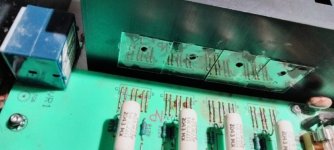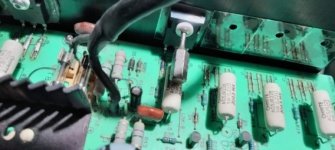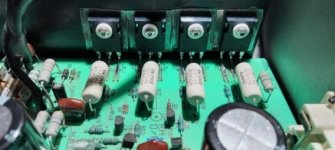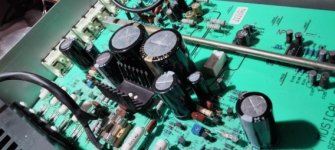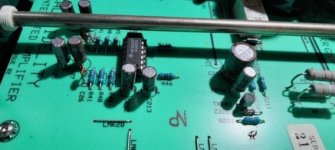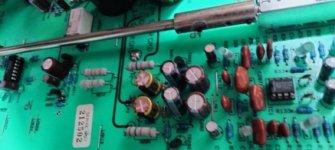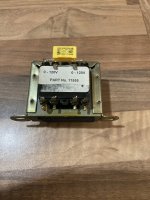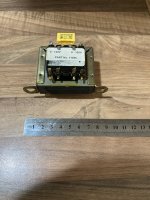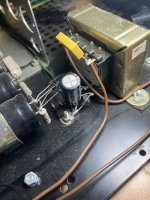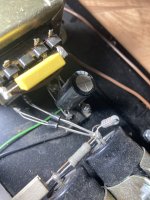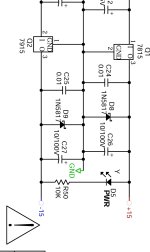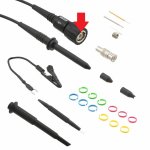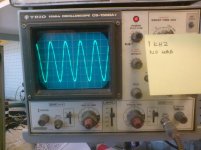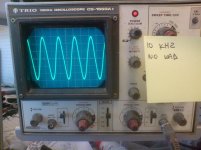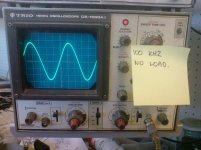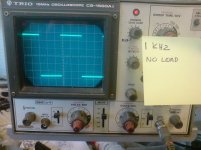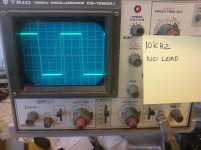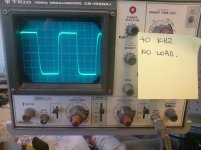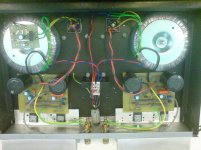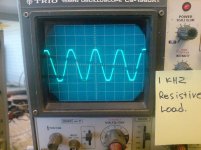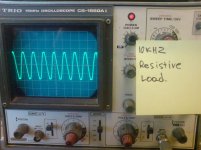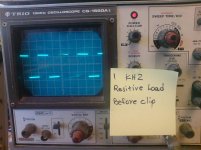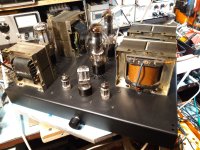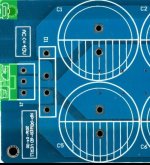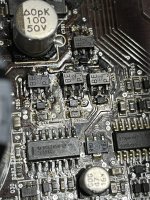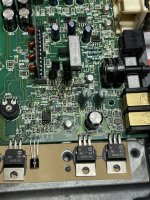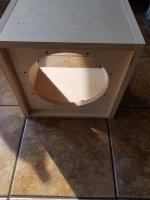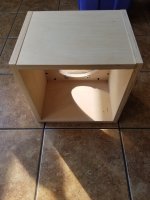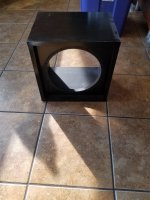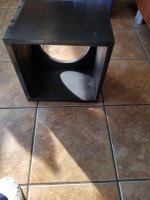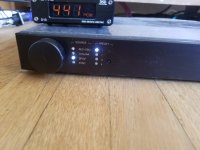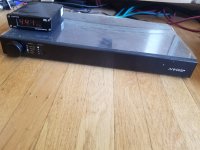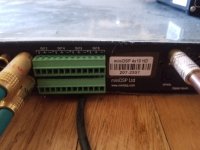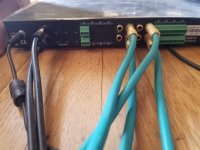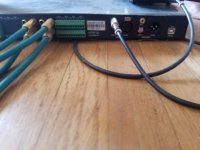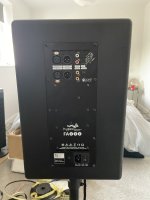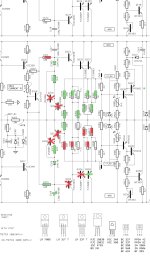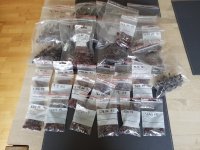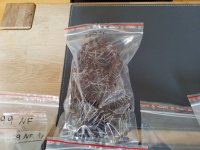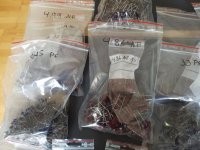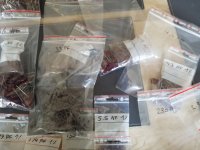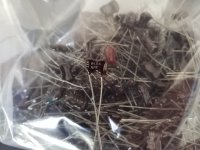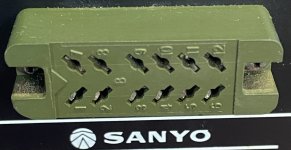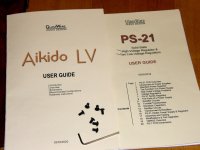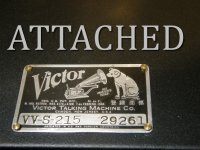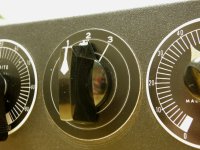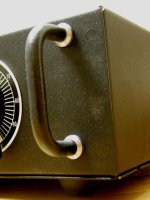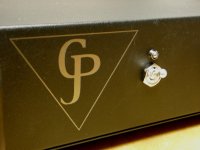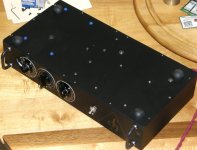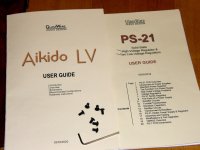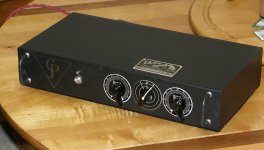I was hoping I could get some opinions on this Adcom 5800 restoration kit. Cost is stated at 295.00 (make an offer).
https://www.ebay.com/itm/1656357443...jyrKVaT2T3usOX53luZLTpFOsQ==|tkp:BFBMpJL6v-pi
It does not seem a super far-fetched price for everything that is included, just in my opinion, and of course it would be a timesaver in-regards to having everything in one package instead of researching everything myself, and searching out all of the part numbers, parts, etc.
The one thing that I do question is the kit has 22000uF capacitors instead of the 24000uF is that came stock in the unit. I also inquired if the transistors are hand matched, and the seller stated they were not. I had looked up for a replacement 24000uF capacitor, and I could not find any around that appear that they would work and the seller said that is one of the reasons he dropped the capacitor, micro farad range down to the 22.
I have placed the description from the seller of the kit below in case people rather read it here than searching through the eBay ad itself.
Any opinions, thoughts, etc. on if this kit seems to be worthwhile would be greatly appreciated. Thank you very much for your time.
Description from eBay item:
The scarcity of good, honest techs who can do good and reasonably priced restoration/rebuild of audio equipment inspired me to create this restoration kit. In today's day and age, it is difficult to find a knowledgeable technician who can service your audio gear properly. I have seen many poor quality restorations of equipment that cost way too much for their owners. In 99% of the cases, only a few parts were replaced, instead of a full and proper restoration job.
A proper restoration must replace all electrolytic capacitors on all boards. Do not fall for partial kits that restore just one PCB (power supply, power amp, etc.). This is not a good or proper way to restore your audio equipment. It is the same as with car tires; one should never replace just one tire and keep the other worn-out tires on. A proper rebuild requires a full recap of all PCBs.
On the other hand, if one succeeds in finding a good tech, the wait time is usually 6-12 months for the unit to be serviced, and costs are sky-high. I have been servicing audio equipment for many years and have developed deep respect for all good equipment. Knowing how amazing and warm these units can sound, I decided to put together this kit. It includes very good upgrades and improvements that must be done to the unit. This restoration kit will make a huge difference in the sound quality. All the parts are of high-quality Japanese Nichicon / Rubycon / IC / United Chemi capacitors.
I am extremely particular about the quality of the parts provided in this kit. Knowing how many bogus/fake caps, diodes, resistors, etc. are out there, I source all the parts from reputable wholesalers and buy them in bulk.
Vintage audio equipment has the potential to deliver rich and authentic sound when it is properly restored. Not only can it enhance your listening experience, but it can also evoke memories and bring joy to your life. Let's work together to bring your vintage gear back to its full potential, and make sure you have the music you deserve.
